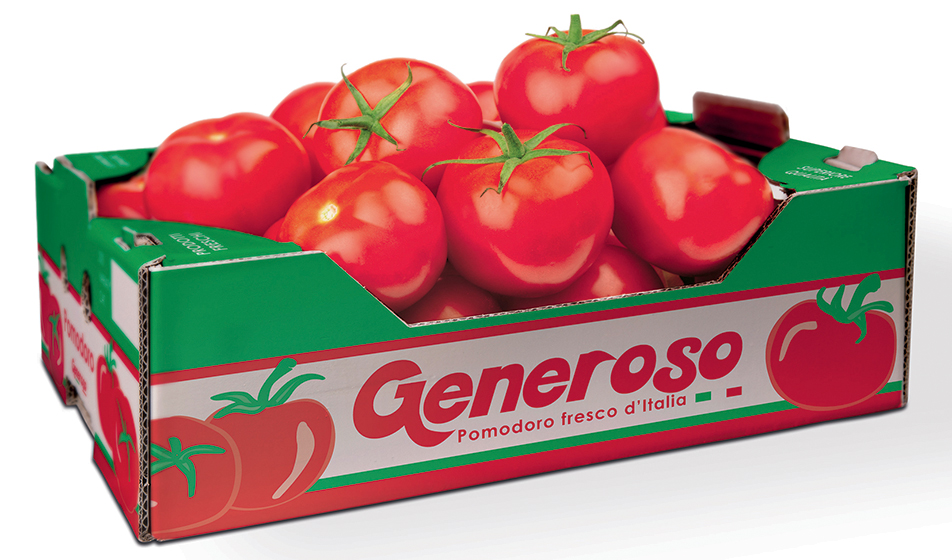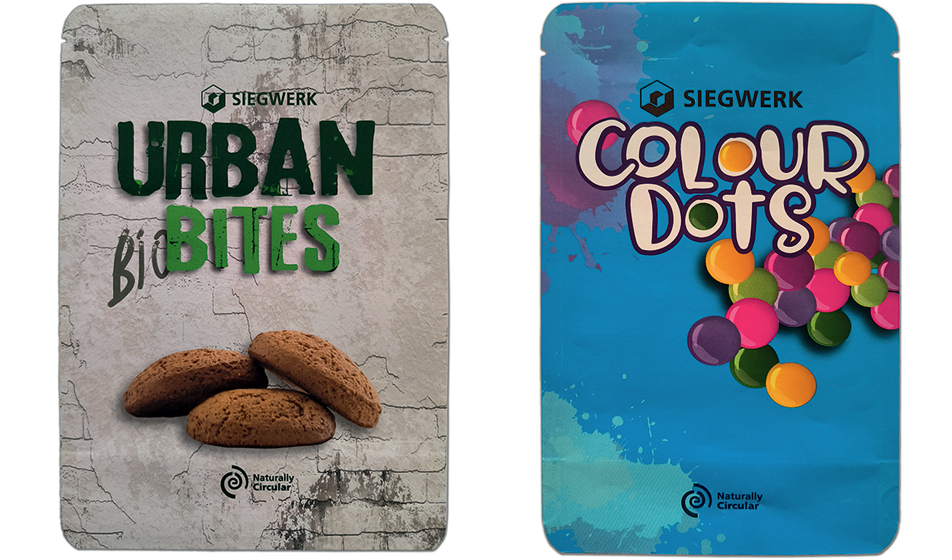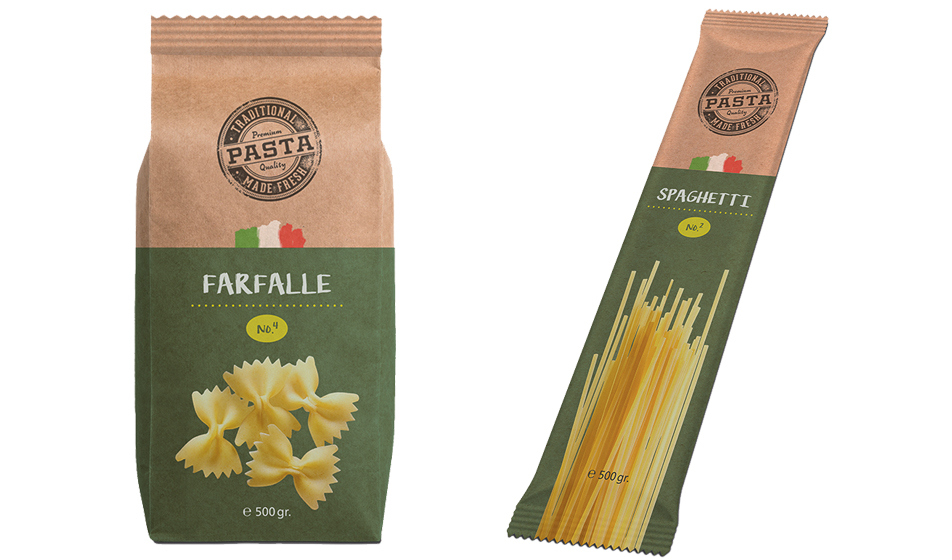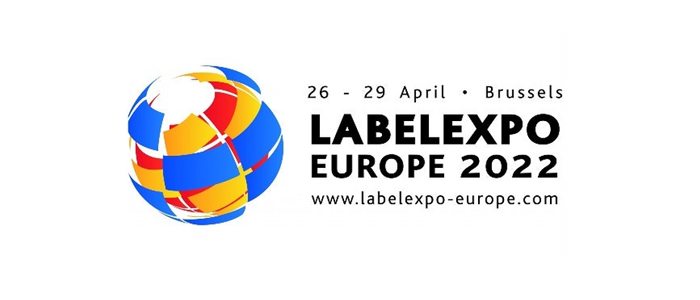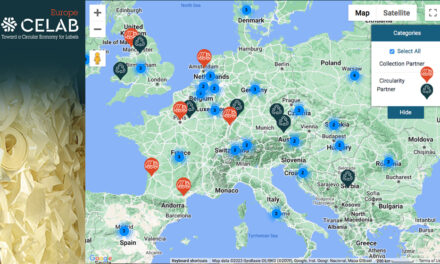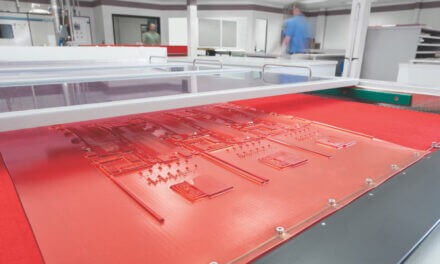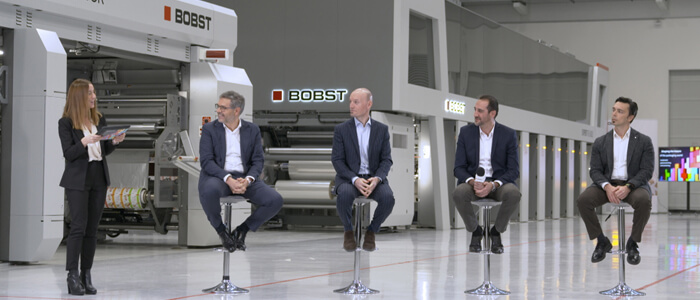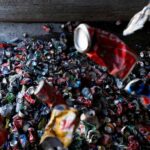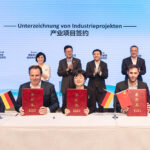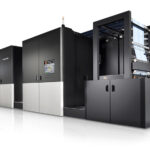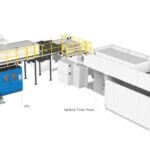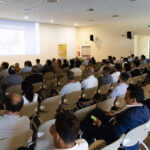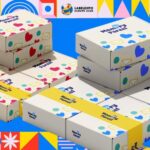Siegwerk presents the Unilac functional coatings, recyclable and compostable. They give paper and cardboard packaging – from large pouches to disposable cups and plates, fromfast food wrappers to corrugated cardboard boxes and trays… – all the required barriers to grease, water or steam to protect the content over time.
“In Siegwerk the formulation work begins with an extremely accurate selection of resins, which we then modify and integrate with additives with similar functionalities to traditional silicones, waxes, substrate wetters, tension modifiers… all necessary to create the various barrier coatings for paper and cardboard”, explains Mattia Zambon, Siegwerk Italia Technical Support. “The goal of these coatings, known on the market under the Unilac brand, is to create packaging and cellulosic-based products with the same shelf-life and protective effectiveness of plastic, but more sustainable,” says David Charquet, International Key Account Director Europe BU Paper & Board Siegwerk Druckfaben.
The stakes are significant: in advanced economies the demand for sustainability is very strong, the increasingly radical legislative interventions (the SUP case and the ongoing revision of the Packaging & Packaging Waste are examples) and the massive commitment of the industry in developing new eco-friendly products.
Siegwerk estimate that the market for functional coatings for paper and cardboard & flexible packaging alone generates about 100,000 t/year of products and a turnover of 500 million euros in Italy. Hence the multinational’s commitment, which brought to the development of a complete range of barrier coatings with a wide range of application not only in food. And, like the inks in the UniNature range (see QRCode, Edr), they demonstrate that achieving a very high performance while respecting the sustainability objectives of circular economy is actually possible.
Paper-based sustainability
If, technically, the tangible environmental sustainability of a product is a very complex matter, consumers are expressings clear preferences, for paper and cardboard for example, often considered greener than plastic. The bet for packaging manufacturers (and not only) is not losing the indispensable ability to protect the content, its integrity and health, along the way.
“From this point of view, paper raises some critical issues: in the face of its natural recyclability and compostability, it shows an extreme permeability to water, steam and fats,” recalls Charquet. How is it possible, then, to use it to protect and transport food and other perishable goods? And when we add protective films to convey the necessary water resistance to the paper or cardboard support, is the paper/cardboard container still recyclable?
“These questions – considers Zambon – point to the centrality of functional coatings. And the complexity of these problems and solutions is attested, for example, by the existence of agencies (in Italy Aticelca for all) that specialize in designing methodologies aimed to establish when a packaging can still be defined as “paper” (and therefore directed to post-consumer separate collection via the paper channels) in the presence of other substances with barrier function ».
Printability, flexibility, glueability… a barrier is not enough
When it comes to functional barriers we refer, in fact, to a set of different things: in the case of a paper cup, the aim is to create impermeability to liquids, resistance to fats for a cheeseburger wrapper, for a cornet of chips that to oil, impermeability to vapours and mists for a cement bag, to moisture for the tray of fruit; and in most packaging many of these things have to go together.
Barriers will also differ depending on whether the packaging will be in direct contact with food and the environmental conditions which the packaged goods will be subjected to along the supply chain, as well as of course of its shelf life.
But that’s not enough. Once we have obtained our sheet of cellulosic material with the desired barrier properties, we must be able to print it, give it a shape, paste it, to make a certain container. “When we start working on a barrier coating project for a client, we study the substrate to be treated, its quality, porosity and weight; we verify the possibility for double-step coating and the opportunity to add additional products, something with a non-slip function for example, to facilitate the movement of the pallet… we check the machinery in use at the converter’s facility and, if needed, we carry out tests in the laboratory…”, explains David Charquet.
“Siegwerk’s Unilac range does all these things, allowing us to recommend the ideal coatings for each converter. Ensuring, at the same time, no interference with the final product’s end-of-life management, so that it can be transformed from waste into a new resource”.
Recyclable or compostable? Both
And here we come to the end, for however “finite” a circle can be. “Unilac coatings enable packaging to be 100% recyclable and, around 80% of the range, compostable as well. In the first case, the coatings make for functional paper and cardboard that after consumption will be thrown in the paper collection bin and sent to be recycled and reintroduced in the production cycle as new paper and cardboard. In the second, being biodegradable, they are disposed of with household compost, and therefore, in the appropriate times and manners, transformed into fertilizer, soil, energy… all natural resources necessary for life. These are important results, which we achieve by designing the formulas of our products, including from bio-renewable raw materials, such as the new 100% plant-based barrier coatings, that can substitute for polyethylene in many applications. ”

